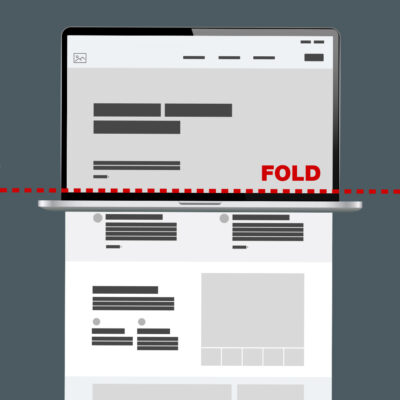Making websites accessible is not only an ethical obligation to provide equal access but also makes good business sense.
The Web Content Accessibility Guidelines (WCAG) 2.1 provide a set of recommendations for making web content more accessible to people with disabilities and users on diverse devices. Adopting these guidelines also helps organizations comply with accessibility laws and avoid legal risks.
This article explains what website accessibility means, why it matters, and offers an overview of WCAG 2.1 success criteria across levels A, AA and AAA for compliance.
What is Website Accessibility?
Website accessibility refers to the inclusive practice of removing barriers that prevent interaction with, or access to, websites by people with disabilities. When sites are correctly designed, developed and edited, all users can perceive, understand, navigate, interact and contribute.
Specifically, website accessibility means:
- People with visual, auditory, physical, speech, cognitive and neurological disabilities can perceive, understand, navigate, and interact with websites and tools.
- Older people with changing abilities due to ageing can access website content and functions.
- People with temporary disabilities such as a broken arm or lost glasses can also use websites.
- People with accessibility needs have access to the same information and functions with similar ease of use.
- User agents like browsers, media players, assistants and other tools work with websites and web apps.
Why Website Accessibility Matters
Here are some key reasons why accessibility should be a priority for all websites:
- Significant Portion of People Impacted: Over 61 million adults in the United States live with a disability, equivalent to 26% of the population. Global estimates by the World Health Organization (WHO) indicate at least 15% of the world lives with some form of disability. Many more users could benefit from accessibility features when situationally impaired.
- Legal and Regulatory Requirements: Countries like the US, UK, Australia and EU enforce laws requiring websites of certain types of organizations to meet accessibility standards. There are legal risks including lawsuits, penalties and loss of funding for non-compliant sites.
- Better User Experience: An accessible site is better optimized for all users including those on mobile devices. It employs best practices for web usability, UX and design by using semantics, clear navigation and content structure.
- Wider Audience Reach: An accessible website can reach a wider audience. If people can’t access a site due to barriers, the business loses those customers.
WCAG 2.1 Guidelines and Principles
First published in 2008, the Web Content Accessibility Guidelines (WCAG) provides recommendations for improving accessibility based on four key principles:
- Perceivable: Users must be able to perceive content on the page through senses like sight or hearing.
- Operable: Interface elements like menus must be operable through the keyboard without requiring specific timings for interaction.
- Understandable: Content and interface must be understandable with clear instructions.
- Robust: Content must be interpreted reliably by diverse user agents and assistive technologies
Conformance Levels A, AA and AAA
The WCAG criteria are organized across 3 levels of conformance:
Level A (Minimum) – Website meets all Level A success criteria or provides a conforming alternate version. This is the minimum level to meet basic accessibility needs.
For example:
- Appropriate text equivalents provided for non-text content
- Alternatives for time-based media like audio transcripts
- HTML markup used in a way that facilitates accessibility
Level AA (Best Practice) – Conforms to all Level A and Level AA success criteria. Meets worldwide legal requirements.
Additional Level AA examples:
- Images have associated textual descriptions through alt text, headings use logical hierarchy
- Error messages clearly identified and described to users
- Site is navigable by keyboard, headings and lists used properly
Level AAA (Above and Beyond) – Website meets WCAG 2.1 Level AAA success criteria. This is the highest level most ambitious websites may aim for over time.
Some additional Level AAA criteria:
- Users are warned of any page content that doesn’t meet conformance
- Alternatives like sitemaps provided for complex navigational menus
- Icons and sensory characteristics are not the sole means of conveying meaning
Tips for Implementing Accessibility
Here are some tips to get started:
- Adopt accessible web design best practices from the start – Utilize Stark when designing in Adobe XD
- Conduct audits to uncover accessibility barriers – Utilize tools like axe DevTools Chrome Browser Extension
- Provide textual descriptions for images
- Ensure logical heading structure and semantic markup
- Allow keyboard navigation and/or voice control
- Allow users to pause or stop moving content
Going Beyond Compliance for True Inclusion
Accessibility is about more than just compliance. It is about designing experiences so no one faces barriers when using websites. When implemented properly for inclusion, web accessibility principles can create interfaces that work for all users.


